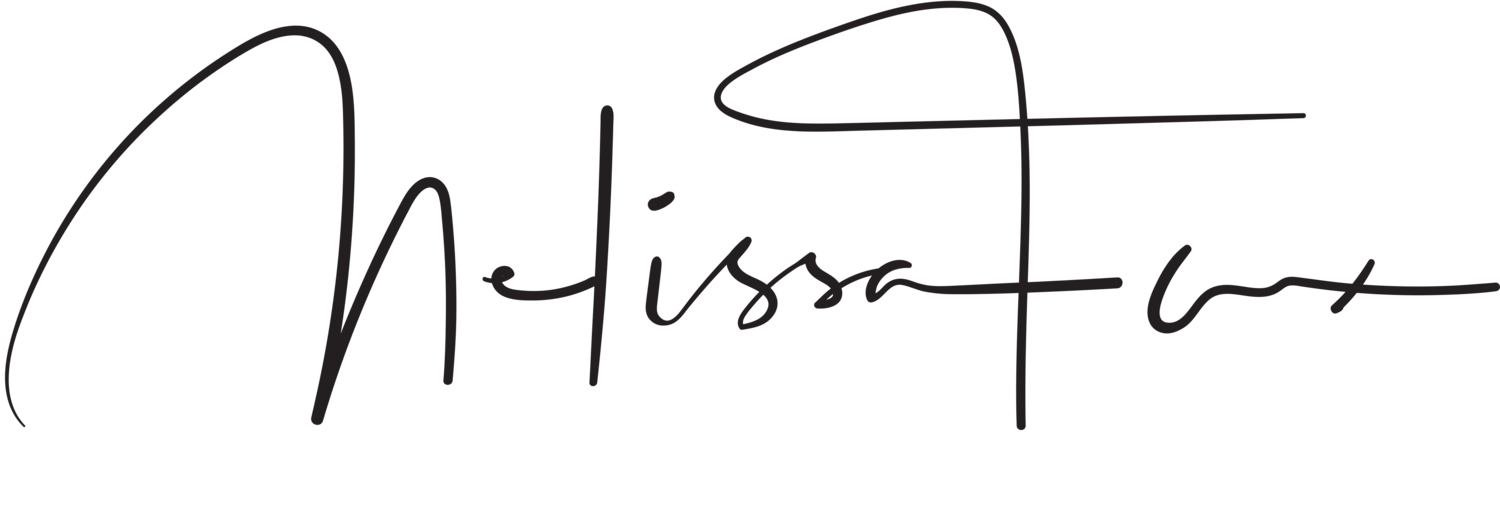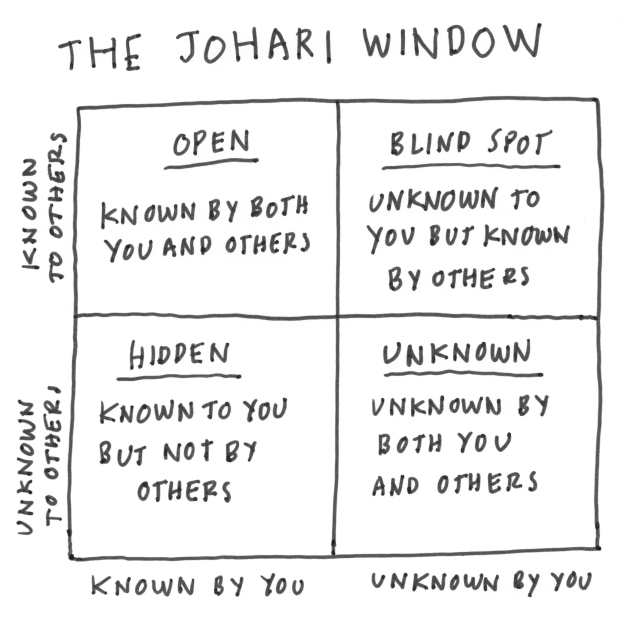Between the flu hitting my household and the cold weather, I got a chance to watch a few Netflix shows. Which, these days with my schedule felt like a luxury. LOVED Netflix’s Russian Doll so much, I had to write about it.
I think you should walk in cold, like don’t even watch the trailer below. Just start. The less you know the better. This blog clearly marks those spoilers. Go, watch and then come back to read. Also, the soundtrack is fire. You should listen to it while reading this blog. There is much debate about the ending and what it means. This is my take on the point of the series.
NON SPOILER REVIEW
First and foremost, this is a female produced, written and directed show. I have a massive crush on the line up. Leslye Headland, Jamie Babbit, Amy Poehler and Natasha Lyonne. I swoon. Female lead production houses make me jump up and down with joy. It’s about damn time. The stories they are producing are the kind of stories I have been waiting for. Female characters who are complex and defy the tropes of the gender on screen. Russian Doll has much to love. The premise is simple. A woman stuck in a time-loop searching for a way out. It’s a complex version of Groundhog Day and Happy Death Day. That’s really all you need to know.
I profess my undying adoration for Natasha Lyonne’s performances. She is one of the few female actresses that I have seen that can tow the line between masculine and feminine on screen. She can make you laugh and cry all in the same breath. Cynical, sharp, sarcastic and vulnerable. She’s the kind of woman I would want on my team. Dishing out hard earned truths with humor. When all was said and done, I can’t imagine anyone else playing the role as brilliantly and she rightfully deserves the moment she is having.
If you love Chicago Fire, you’ll be happy to see Charlie Barnett in a new role. He is also wonderful. A few OITNB cameos here too. Best left unspoiled.
So let’s dive right in. Philosophical and psychological references are woven into the writing leading the plot like a heartbeat. This undercurrent makes the writing a treat to indulge. You’ll be smacking your lips wanting more. It’s smart enough for the people who like that sort of thing and if it isn’t your bag, you will still love the story. Brush up on your Johari’s window and you’ll enjoy the plot even more.
Russian Doll becomes a modern day Devine Comedy, repetition and time manipulation explore human nature. This series nails those elements in ways that Bandersnatch didn’t. There is substance over device. Each cycle, each repetition, taking you deeper into it’s characters. The short length of the episodes make this an easy watch. It’s adult content, so if you have little ones watch after they are in bed. I highly recommend.
SPOILERS AHEAD
Gotta get up, gotta get out. Here be spoilers ahead. Proceed at your own risk.
Russian Doll starts by throwing you into a birthday party for Nadia. She’s wild, sharp and having a hard time with her birthday. It’s messy, feminine and sassy. Female characters are allowed to be sexual without being overly sexualized. The space, the look, the costume design, I love it. It reminds me of the wild bohemian parties I attended in my 20s. We are thrown head first into the plot and given our first clue with the line: “Alright, Let’s make some choices.” Wonderful clues like this make it a writers delight.
Love the duality here.
Our first death comes as a shock and begins the cycles. We meet Alan, a control freak reliving a break-up with his childhood sweetheart. He is also experiencing the same death loop. This is where the plot takes off. Alan and Nadia debate the morality of their situation, in some of the best moments of philosophical banter between two characters. The actors pull of the complexity of these age old questions with ease. As things heat up and the world they are living in starts to decay and disappear Nadia delivers the theme of the series, Johari’s Window. She explains the concept to Alan.
I first learned about Johari’s window in Psychology 101. In class, we used a set of adjectives that describe our personalities. We then select the ones that we feel represented our public and private selves. Our peers do the same. The results are arranged into a grid that resembles a window. Hence the name.
The four areas represent a view of ourselves.
Open: The words that both myself and others choose.
Hidden: the words I did selected by my peers didn’t.
Blind: The words my peers selected and I didn’t.
Unknown: The rest of the words. They either do not apply or represent there collective ignorance of these traits by both subject and peer.
You might have seen a version of this pop up in self help seminars, corporate retreats or the like. I’ve experienced versions of this myself in all the above. It’s a useful tool of reflection and has helped me uncover much about myself. I also LOVE using it in writing to develop characters to understand motivations and behaviors in writing.
We all have blind spots. Our perceptions and projections of reality are deeply woven into our own Johari’s windows. Much like our characters Nadia and Alan. One can not see one’s own blind spots without others. This is where the symbiotic relationship between our two characters begin to dance. The goal of using Johari’s window is to understand who your true self is. If one can free oneself from the trappings of a false self, one can be seen more accurately by others and begin the process of self acceptance, peace and awareness. These concepts arose out of transcendentalism. Emerson, Thoreau, those guys. For this series, the concepts of true self versus false self are worth looking at through our characters, Nadia and Alan.
Whoah, did I go too deep for ya? Stay with me.
True self vs False self.
Interpersonal conflict is the tug of war between true and false self. It goes like this: Your false self is the self you’ve built out of a set of mistaken beliefs, family structures and societal influences. It’s the self you “think,” you need to be in the world. For most of us, breaking this “false self,” requires hard work, reflection and deep community with others. The beauty of Johari’s Window is ever-changing as we grow.
The concept was introduced in the 1960s by Donald Winnicott in a post transcendentalism exploration. His version is similar to the debate of nature versus nurture. He claims that your false self is deeply rooted in infancy by your parents or care givers. Your parents expectations and wishes for you become the fabric of that false self. It isn’t until you are old enough to examine those expectations and wishes that you can begin to test those old theories about yourself and form your own personality. For most of us testing these boundaries happens many times over the course of childhood development and bleeds into adulthood. If one is self aware enough to continue the journey it can become a life long reflection. This idea was picked up by Carl Jung, Jean-Bertrand Pontalis, ect ect. All interesting reads if you want to go deeper into this concept. Rather than give you a phycology lesson, let’s continue. Deep Breath, we got this.
This is where Johari’s window comes into play in Russian Doll. Nadia and Alan are forced into a cosmic time loop and the only way out, is to work through a version of Johari’s window. We see it clearly in the final episode with this moment:
A literal Johari’s window. 4 timelines. How fucking brilliant is that? Each timeline is an attempt at self acceptance. Timeline one and two: The characters die. Timeline three and four: They save each other. The characters move from their unknown selves to accepted selves using friendship in the process.
Through repetition, they are able to look at the perceptions they have about themselves versus the truth. They can examine their pasts and look at what is true or untrue. I love the idea of friendship as a tool for transcendence. The best demonstration of this in action is with the orange.
Nadia asks: “What do time and morality have in common? Relativity. They are both relative to your experience. Our universe has three spacial dimensions. It is hard for us to depict a four dimensional world. But you know, computers do it all the time. Lucky for you, I have the capacity to think like a computer.”
She holds out the rotten orange, we’ve seen this before. The fruit in the series has been slowly decaying over time. This orange, looks moldly.
“In a two dimensional world, its a circle. In a three dimensional world its a sphere. In a four dimensional world.”
She splits the rotten orange down the middle. Alan exclaims “It’s still ripe!”
The ripe orange represents the unknown quadrant of Johari’s window. Unless we cut the orange open, there was no way to know it was ripe. If we judged it by the rind, we would assume it was rotten. To see that it is ripe, requires a person to slice it in half. Pretty cool huh?
Nadia continues explaining the theory of relativity. I wont’t go down that rabbit hole today, but love the reference. I think that theory and projection psychology go hand in hand.
Such beautiful writing. In the end, you’ll be left with more questions than answers. Plenty of room for your own analysis. Do Nadia and Alan live? Do they get to start over? What does that last shot mean? What is the point?
I think to answer those questions, we need to look back at one key line of dialogue from the beginning.
“Let’s make some choices.”
That line stands out for me. I think that’s the point. What if you could know your death? What if that brought your life meaning? What if you could make choices without death as a consequence? What might you learn about yourself in the process?
I loved the final parade sequence. Reminded me of the day of the dead. I think that’s a clue. One last stop in purgatory before they transcend. There is no ending because in real life there are no answers about where we go when we die. It’s a ghost story and a damn good one.
Parting Thoughts
The haircut sequence made me laugh. This writer is aware of the female haircut transformation trope. I see you … I see what you did there and the LOVE IT.
Taboo behaviors are treated with kindness. Our main characters have sex, do drugs, commit suicide. All things society historically deemed as immoral or bad. Our writers say, “Hey! No good or bad. It’s all relative.” A literal breath of fresh air.
Mental health issues treated with kindness too. That’s hard to do.
No romance between our lead male and female characters. Thank god. I am so over romance as a character development tool for characters. They treat the hook up as a normal thing. Good.
I am 36. Same age as Nadia. Girl, I feel you.
PLEASE PLEASE PLEASE, make more stuff. Don’t do a season two with these characters but write me more beautiful, complex and funny things that break old tropes and forge new ground.
Mirrors, reflections, duality - all in abundance and used well.
Leave a comment below and let me know what you thought of my analysis. I know people are reading from my analytics … but it’s a lonely comment section. Be a pal and drop even a high five below eh?














